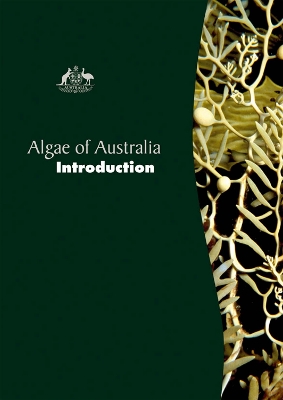Algae of Australia
1 total work
Algae are essential components of marine and freshwater habitats in and around Australia. They play a critical role in nutrient cycling, as food and shelter for invertebrates and fish, and some have considerable potential as biological indicators of the health of aquatic habitats. At least 12,000 marine, freshwater and terrestrial species are thought to occur in Australia, but many are yet to be described or fully documented. It is hoped that the series Algae of Australia will stimulate research, especially on the many poorly known groups and their habitats. This introductory volume includes essays on the history of research on Australian algae, their classification, fossil record, systematic relationships, ecology, biogeography and economic significance. Keys to the identification of the orders of algae are accompanied by an extensive bibliography, and 29 synoptic chapters provide an overview of the biology of the algal classes. The volume concludes with a glossary of more than 1500 technical terms.
